Introduction
In the quest for a brighter, more confident smile, many people turn to teeth whitening treatments. But does this cosmetic procedure restore the teeth to their natural whiteness, or does it just enhance their appearance? Understanding the difference between these outcomes is crucial for setting realistic expectations from teeth whitening treatments. As the popularity of cosmetic dentistry rises in the United States, so does the curiosity about the extent to which teeth whitening can impact the natural color of our teeth. This article will delve into the capabilities and limitations of teeth whitening processes, drawing insights from Dentistry Toothtruth to provide a comprehensive understanding of what these treatments can realistically achieve.
What is Teeth Whitening?
Teeth whitening is a cosmetic dental procedure designed to lighten the color of your teeth, removing stains and discoloration. While the process can significantly enhance your smile's appearance, it is essential to note that teeth whitening works by lightening the existing shade rather than completely altering the enamel's natural color. Techniques include professional bleaching performed by a dentist and at-home kits. According to the American Dental Association, these treatments are generally safe when conducted appropriately. However, they also caution that not everyone experiences the same degree of whitening due to factors like tooth type, the level of staining, and the age of the patient.
The Science Behind Teeth Discoloration
To grasp whether teeth whitening can restore natural whiteness, it is essential to understand why teeth become stained. Over time, teeth can lose their brightness due to intrinsic and extrinsic factors. Intrinsic discoloration occurs from within the tooth and can be influenced by trauma, certain medications, or excessive fluoride during childhood. In contrast, extrinsic stains result from external sources like smoking, consuming coffee, tea, red wine, or intensely pigmented foods. Peroxide-based whitening agents primarily address extrinsic stains, temporarily bleaching the enamel. Therefore, individuals with intrinsic staining might find teeth whitening less effective in restoring their natural color.
Limitations of Teeth Whitening
While teeth whitening can improve the appearance of your smile, it is crucial to manage expectations regarding its limitations. Professional teeth whitening can achieve several shades lighter, but it does not guarantee a complete restoration of original whiteness. Factors such as genetics, age, and the degree of enamel wear also play a role in determining the effectiveness of whitening treatments. Furthermore, restorations such as crowns, veneers, and fillings do not respond to whitening agents, often standing out against newly whitened natural teeth. This limitation underscores the need for personalized dental advice before undertaking whitening procedures.
Comparing Over-the-Counter and Professional Whitening
Consumers often face a choice between over-the-counter (OTC) products and professional treatments. OTC products, like whitening strips and toothpaste, provide convenience and cost-effectiveness but usually offer modest results. In contrast, professional treatments ensure a tailored approach with stronger bleaching agents, yielding more substantial results. Professional oversight can also prevent potential side effects like gum irritation and increased tooth sensitivity, a common complaint among users of OTC products. The Dentistry Toothtruth emphasizes consulting with a dental professional for an informed decision on the best approach to achieving desired whitening outcomes.
Conclusion: Achieving Your Best Smile
While teeth whitening can significantly enhance the appearance of your smile, restoring the full natural whiteness of teeth is often a complex task. Intrinsic discolorations, genetic factors, and existing dental work can limit the degree of whitening achievable. As such, consulting with dental experts for a comprehensive evaluation is advisable to explore the best cosmetic solutions available. The Dentistry Toothtruth website offers an array of resources to guide individuals seeking to improve their dental aesthetics. By understanding the possibilities and constraints of teeth whitening, individuals can make informed choices and strive for a radiant smile that boosts confidence and leaves a lasting impression.

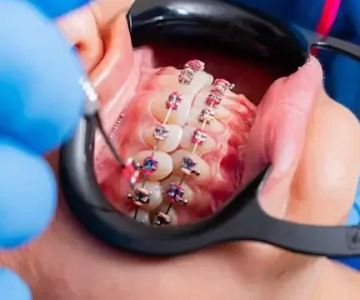
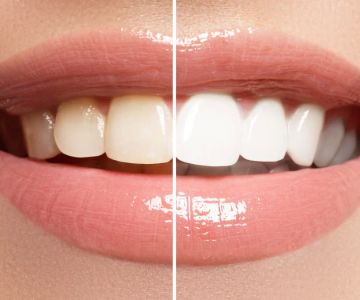
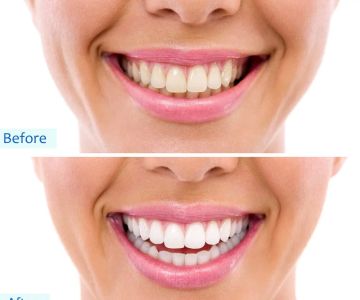
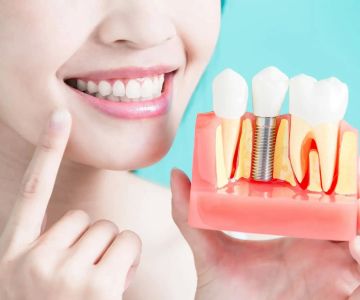
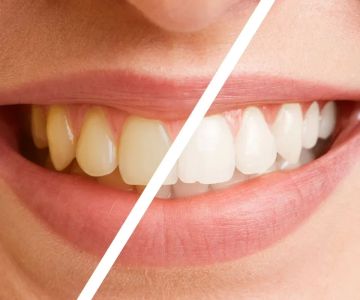

 Westgate Dental Arts
Westgate Dental Arts Coventry Family Dental
Coventry Family Dental Familia Dental
Familia Dental Dr. Daniel S. Fife, DDS
Dr. Daniel S. Fife, DDS Dentistry At Suburban Square: Michael I. Wollock, DMD
Dentistry At Suburban Square: Michael I. Wollock, DMD Comfort Care Dental
Comfort Care Dental The Importance of Oral Health Education During Pregnancy for a Healthy Pregnancy
The Importance of Oral Health Education During Pregnancy for a Healthy Pregnancy Why Skipping Dental Checkups Can Lead to Bigger Oral Health Problems
Why Skipping Dental Checkups Can Lead to Bigger Oral Health Problems Advantages of Porcelain Dental Restorations
Advantages of Porcelain Dental Restorations Best Tips for Brushing Your Teeth Properly for Healthy Gums: Essential Techniques for Oral Health
Best Tips for Brushing Your Teeth Properly for Healthy Gums: Essential Techniques for Oral Health How Can Diabetes Cause Tooth and Gum Problems? Preventing and Managing Oral Health Issues
How Can Diabetes Cause Tooth and Gum Problems? Preventing and Managing Oral Health Issues Healthy Habits for Promoting Good Oral Health and Hygiene: Tips for a Healthy Smile
Healthy Habits for Promoting Good Oral Health and Hygiene: Tips for a Healthy Smile